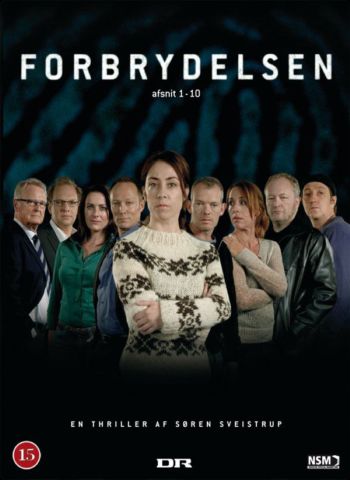

Andrew Garland, the writer behind "28 days later" credited "Resident Evil" specifically as reviving the zombie genre after its release in 1996. This idea, along with fast-moving zombies, became popular after the success of "Resident Evil" and "The House of the Dead" revitalized interest in the undead in the late 20th century. However, the idea of a zombie virus, which started with 1992's "Dead Alive," is now a more common explanation for how the undead exist and expand their numbers. In Romero's movies, people would turn into zombies regardless of whether they were bitten or not. "Resident Evil" is one of the most successful game adaptation movie series. There are some traits that Romero can't take credit for such as brain-eating, which was introduced in the horror-comedy "The Return of the Living Dead" in 1985.

Romero was the first to make every dead person part of the undead rather than a specific few and created key zombie traits such as zombie's iconic awkward shambling walking. With Romero's 1968 movie and its sequels, the zombies had no controller or agenda except for a need to consume human flesh. This changed with "Night of the Living Dead," directed by George Romero, the start of the transformation of zombies on-screen. The History Channel website reports that zombies originate from Haitian folklore and are believed to be reanimated as mindless soulless creatures and controlled by a voodoo sorcerer called a Bokor.Īfter being brought to the West, early zombie movies continued this myth including "White Zombie," which is regarded as the first-ever zombie movie. The dead rise from their graves unaided for the first time in "Night of the Living Dead." Image Ten


 0 kommentar(er)
0 kommentar(er)
